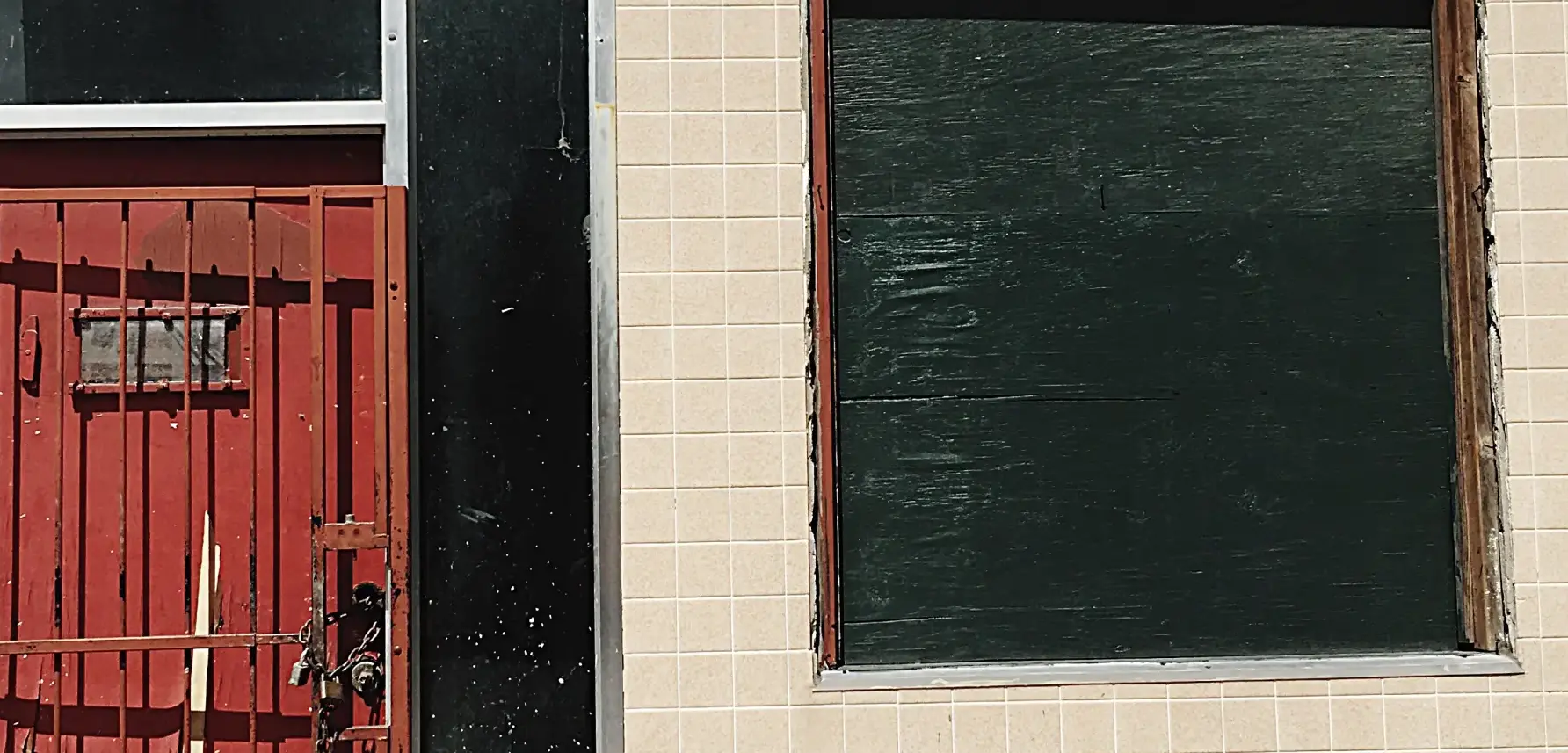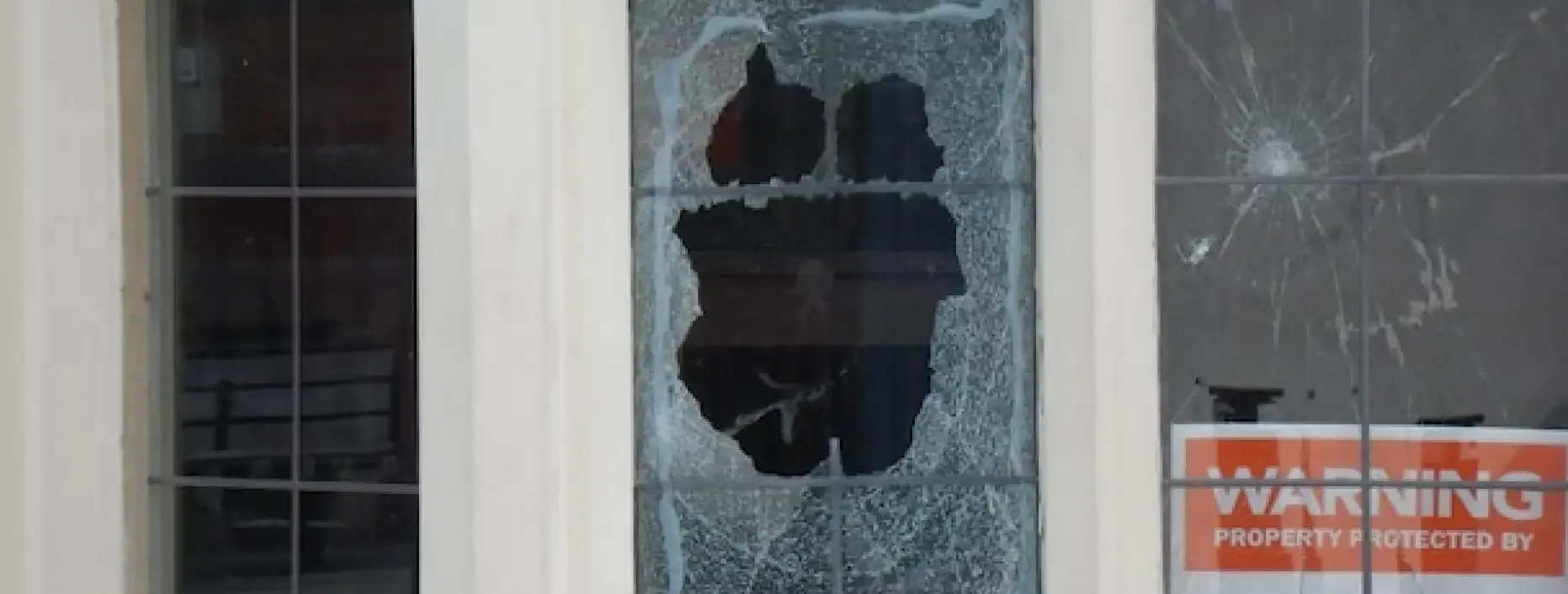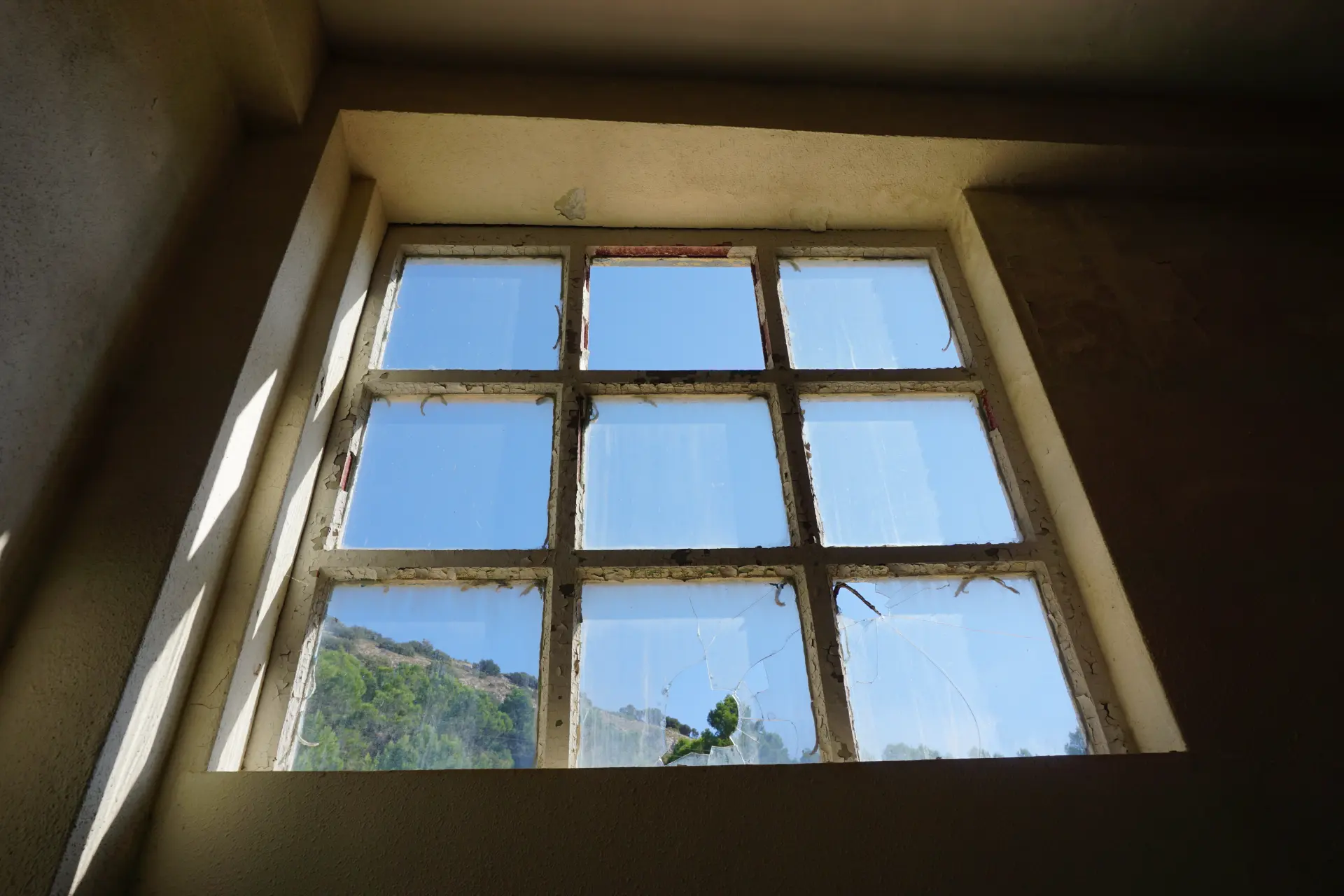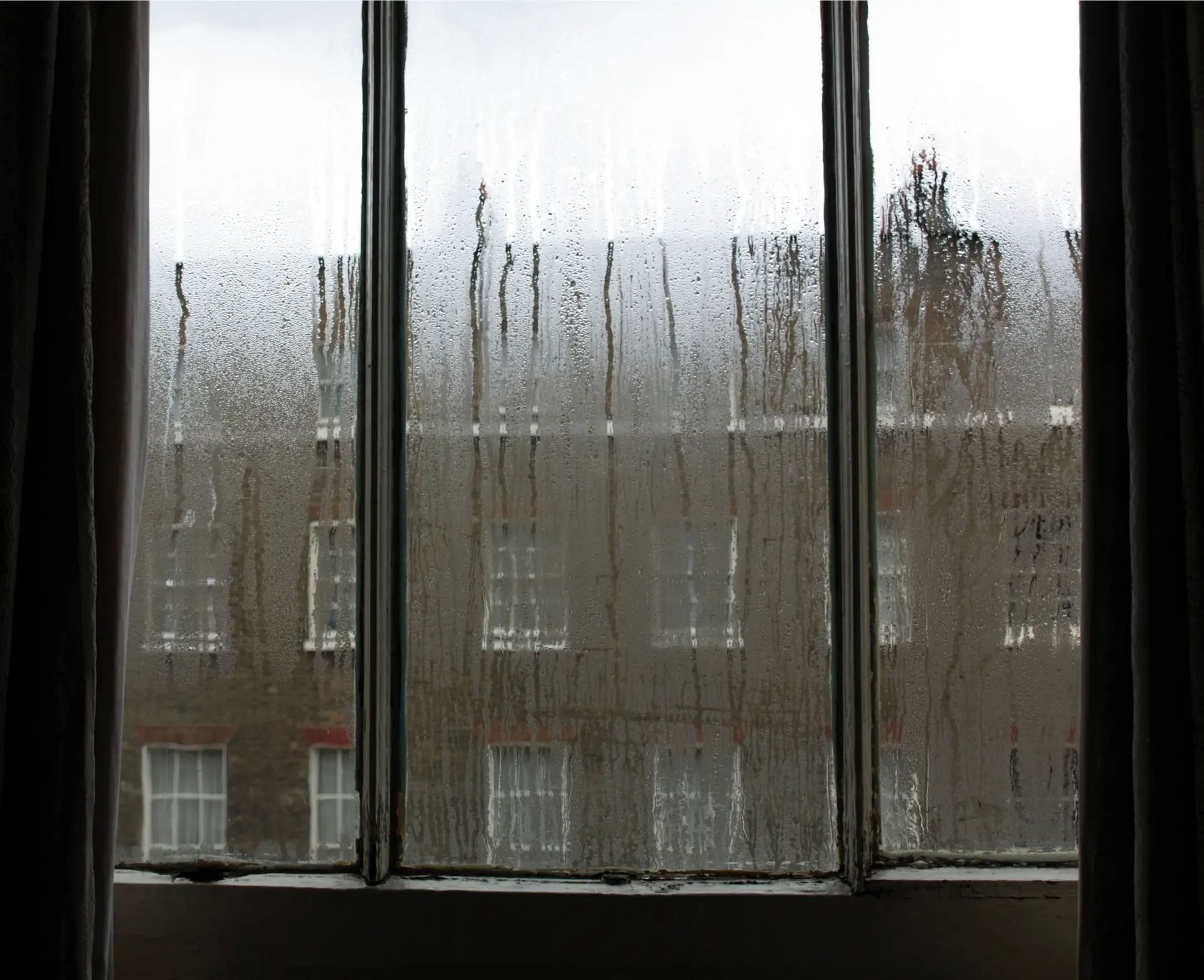Why Board Windows During Storms?
Boarding windows during storms is one of the most effective ways to protect your home from serious damage. Strong winds can pick up branches, roof tiles and other debris, turning them into dangerous projectiles. If they strike a window, the glass can shatter quickly, leaving your home exposed. A boarded window adds a strong barrier that reduces the chance of breakage. When windows break in a storm, rain and wind can rush inside, damaging furniture, flooring and electrical items. This also weakens the structure of your home, making it less safe.
By boarding up before the storm hits, you can keep the inside of your property secure and dry.
Another key reason to board windows is safety. Broken glass can cause serious injuries to anyone nearby, including children and pets. Covering the glass with strong plywood lowers this risk and provides peace of mind that your family is protected.
Tools and Materials You Will Need
Before boarding up your windows for a storm, it is important to gather the right tools and materials so the job can be done quickly and safely. Having everything ready beforehand will save you plenty of time and reduce stress when the weather worsens. You will need plywood boards strong enough to cover each window fully, along with nails or screws to secure them in place. If the frames are weak or you want extra support, wood strips can be added for strength.
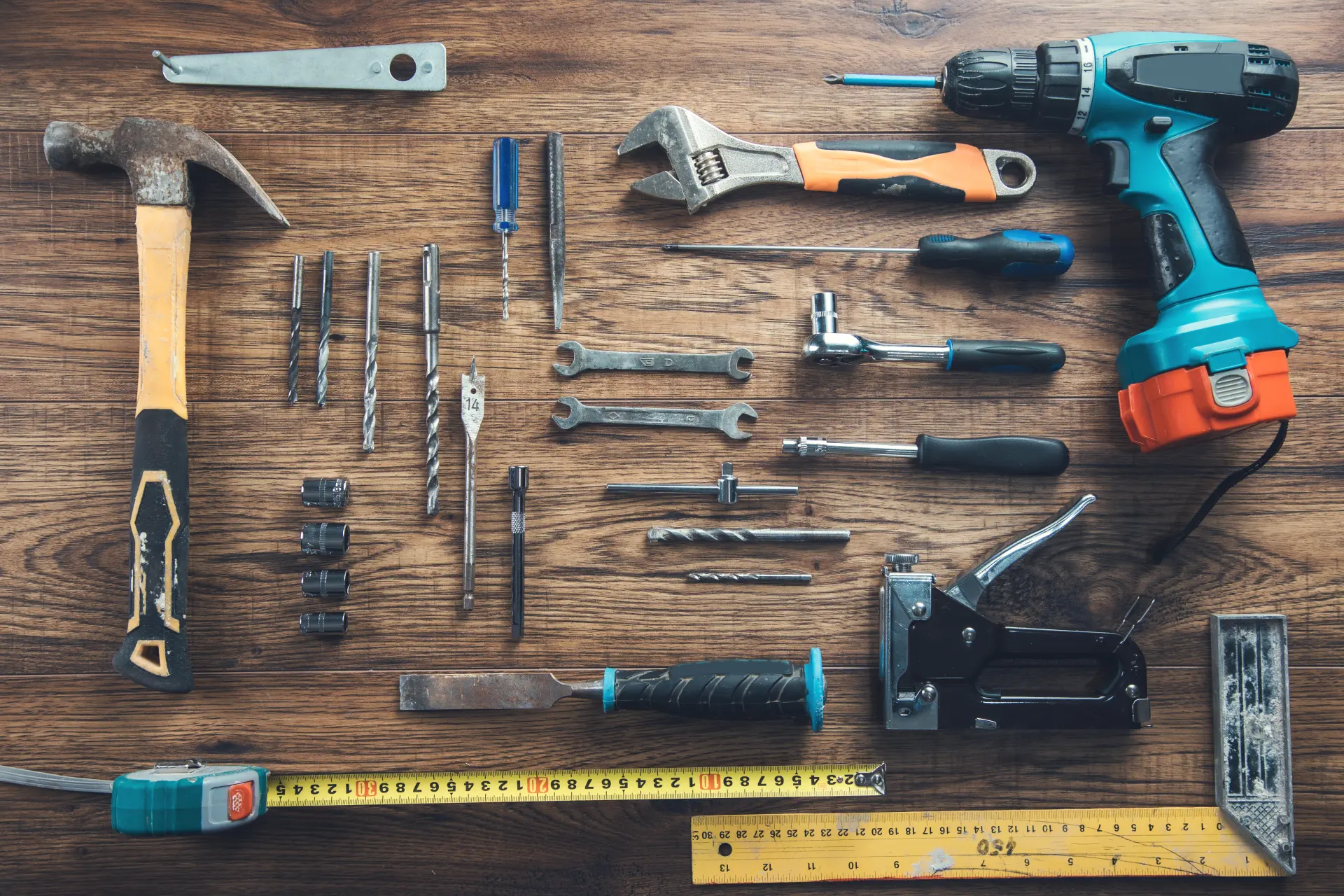
For tools, prepare a measuring tape to check the size of each window, a pencil for marking the boards, and a saw to cut them to the right size. A drill or hammer will be needed to fix the boards securely, and a screwdriver may help if you are using screws. To keep the edges neat and safe to handle, some sandpaper is useful after cutting.
Do not forget your safety gear. Heavy-duty gloves and safety goggles are there to protect you from the risk of splinters and sharp edges, whereas sturdy clothing will help prevent injuries. It is also a good idea to have dust sheets or bags ready to collect offcuts and keep the area tidy. When you choose to prepare these tools and materials ahead of time, you can make sure your windows are protected quickly and effectively when a storm approaches.
Common Mistakes to Avoid
Phasellus ullamcorper ipsum rutrum nunc. Nunc nonummy metus. Vestibulum volutpat pretium libero. Cras id dui. Aenean ut eros et nisl sagittis vestibulum. Nullam nulla eros, ultricies sit amet, nonummy id, imperdiet feugiat, pede. Sed lectus. Donec mollis hendrerit risus. Phasellus nec sem in justo pellentesque facilisis. Etiam imperdiet imperdiet orci. Nunc nec neque. Phasellus leo dolor, tempus non, auctor et, hendrerit quis, nisi. Curabitur ligula sapien, tincidunt non, euismod vitae, posuere imperdiet, leo. Maecenas malesuada.
Praesent congue erat at massa. Sed cursus turpis vitae tortor. Donec posuere vulputate arcu. Phasellus accumsan cursus velit. Vestibulum ante ipsum primis in faucibus orci luctus et ultrices posuere cubilia Curae; Sed aliquam, nisi quis porttitor congue, elit erat euismod orci, ac placerat dolor lectus quis orci. Phasellus consectetuer vestibulum elit. Aenean tellus metus, bibendum sed, posuere ac, mattis non, nunc.
When to Board Up Your Windows
When boarding up windows for a storm, many people make simple mistakes that reduce the strength of their protection. One common error people make is using boards that are too thin or weak. Plywood that is less than 12 millimetres thick may break under strong winds or flying debris, leaving your windows unprotected. Another mistake is not measuring the window frame properly. Boards that are too small will leave gaps, while ones that are too big may not fit at all. Always measure carefully and allow extra space for the board to overlap the frame so it can be fixed securely.
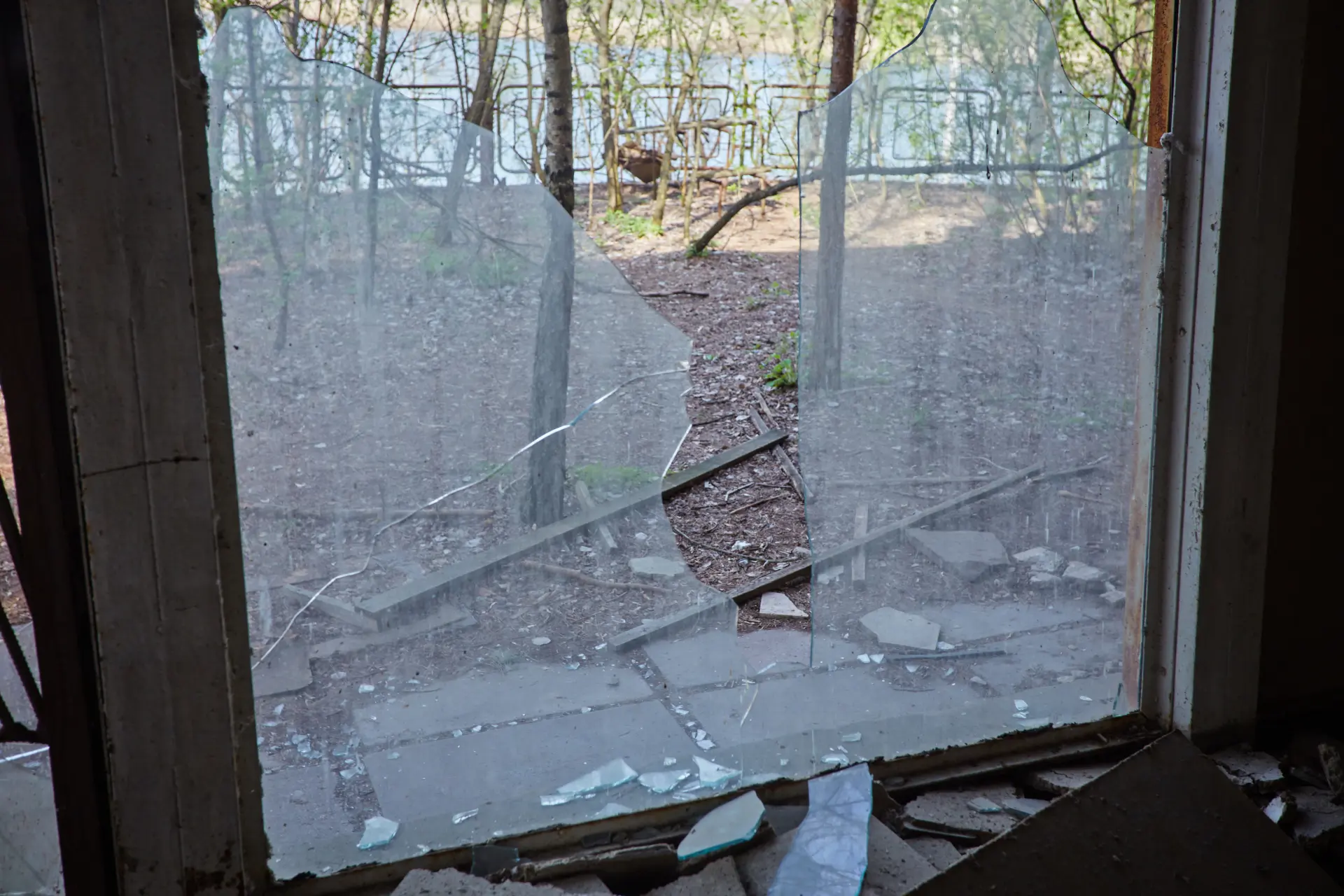
Some people rush and only attach boards with a few nails or screws. This makes the boards easy to loosen or blow off during a storm. Make sure to use enough fixings and place them evenly around the edges for a firm hold. It is also wise not to wait until the last minute. Leaving the boarding until the storm is already approaching can be dangerous and stressful. Preparing in advance ensures you have enough time to do the job safely.
Finally, avoid skipping safety gear. Handling tools and plywood without gloves or goggles increases the risk of injury. By steering clear of these common mistakes, you can make sure your windows are properly protected and your home stays safer during the storm.
After the Storm: What to Do Next
Once the storm has passed, it is important to check your home carefully and deal with any damage safely. Begin by inspecting the outside of your property before removing the boards. Look for loose debris, fallen branches or broken glass that could cause injury. Wear gloves throughout the process and don't forget some sturdy shoes to protect yourself while clearing the area.
When it is safe, remove the boards from your windows and check for cracks, chips or other signs of damage to the glass and frames. Even if the boards held up, strong winds and flying debris may still have weakened parts of the structure. If you notice broken or cracked glass, avoid touching it with your bare hands and arrange for repairs as soon as possible.
Always keep an eye out for signs of water leaks or damp patches around your windows. Dry any wet areas as quickly as possible to avoid the growth of mould or further damage. If you begin to spot more serious issues, such as large leaks or broken frames, this may be the best time to call a local professional for some help. Lastly, store your boards and tools in a safe, dry place in your home or outdoor sheds, so they are always ready for future use.
We provide fast, reliable double-glazing repair services to restore clarity, warmth and security to your property. We can fix misted units, damaged seals, panes and more.

